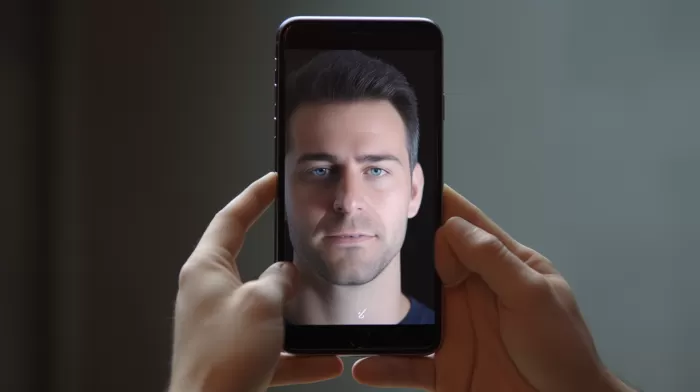Forward head position (FHP) is one of the most common postural problems we face today. It is a result of the poor postures we maintain as a result of our modern lifestyle. These postures include protruding our head forward of our shoulder line while texting, playing with iPads, typing, reading, or looking down while doing biceps curls, and more. In essence, FHP is the result of either repetitive forward head movement, or the carrying (holding) of the head in a position that is forward of the shoulder plum-line.
The impact of forward head position
It’s a matter of changing the leverage. The head is like a bowling ball being held up by a stick (the neck). The further away the head is from the shoulder line, the harder it is to hold up, affecting the muscles of the entire upper back, shoulders and neck. For every one inch the head sits forward of the plum-line, it produces 30 pounds of additional weight on the supporting structures. This extra weight causes overall strain, muscle pain, and subluxated cervical vertebrae.
Proper postural alignment is all it takes to reverse this problem. The ankles, knees, hips, shoulders and ears all falling along the same vertical central line. However, many find it difficult to remember to hold their head up right, with their ears in line with their shoulders. However, with some simple and easy-to-do exercises and stretches, the muscle strain can be relieved and the pain reduced. Over time, a new muscle memory will come alleviating the problem altogether.
Four solutions for alleviating forward head position
- Half neck circles – Half neck circles help keep the neck muscles flexible. To perform this simple exercise, gently tilt your head to the left side, allowing your ear to approach your shoulder. After a few seconds, return to the neutral position and repeat the process on the other side. You may also tilt your head forward, allowing your chin to touch your chest, and hold this position for a few seconds. Avoid tilting your head backward as it can strain your cervical vertebrae. Perform these half neck circles several times a day to maintain flexibility in your neck muscles.
-
Chin tuck – The chin tuck exercise creates negative pressure in the cervical spine, relieving pressure and pain. To perform a chin tuck, sit or stand tall with your back straight and your head looking forward. Draw your chin back, as if you are trying to make a double chin. Hold this position for 5-10 seconds and then release. You may feel a slight stretch at the back of your neck. Repeat this exercise 5-10 times throughout the day to gradually build muscle strength and memory, correcting your posture and alleviating FHP-related symptoms.
-
Fingertip cervical isolation – This exercise helps improve movement and flexibility in each cervical vertebra, which can alleviate pain and stiffness associated with FHP. Place your fingertips on the back of your head where your head meets your neck. Move your head in small circles, allowing your vertebrae to move and stretch. Perform this exercise regularly to encourage better mobility in your neck and correct your posture over time.
-
Neck extension pillow – A neck extension pillow can help relax the neck muscles, relieving tension and discomfort caused by FHP. These pillows are specifically designed to provide proper support and alignment for your head and neck while you sleep. By using a neck extension pillow, you can gradually reverse the effects of FHP and reduce the strain on your muscles.
Developing healthy habits
In addition to these four solutions, it is important to build healthy habits that contribute to better posture overall. Make a conscious effort to maintain proper posture each day, whether you’re sitting, standing or even sleeping. Hold your head up straight, with your ears in line with your shoulders and your eyes looking forward. Regularly check your posture as you work or perform daily activities, and adjust as needed.
Finally, consider integrating smartphone apps or wearable devices that track posture and provide reminders to correct it throughout the day. Regular stretching, yoga, or Pilates can also contribute to improved posture and reduced discomfort associated with forward head position.
Taking the time to correct your posture and perform targeted exercises can be a game-changer in mitigating the strain and discomfort of forward head position. With consistent effort and mindfulness, you can not only alleviate pain but improve your overall quality of life.



